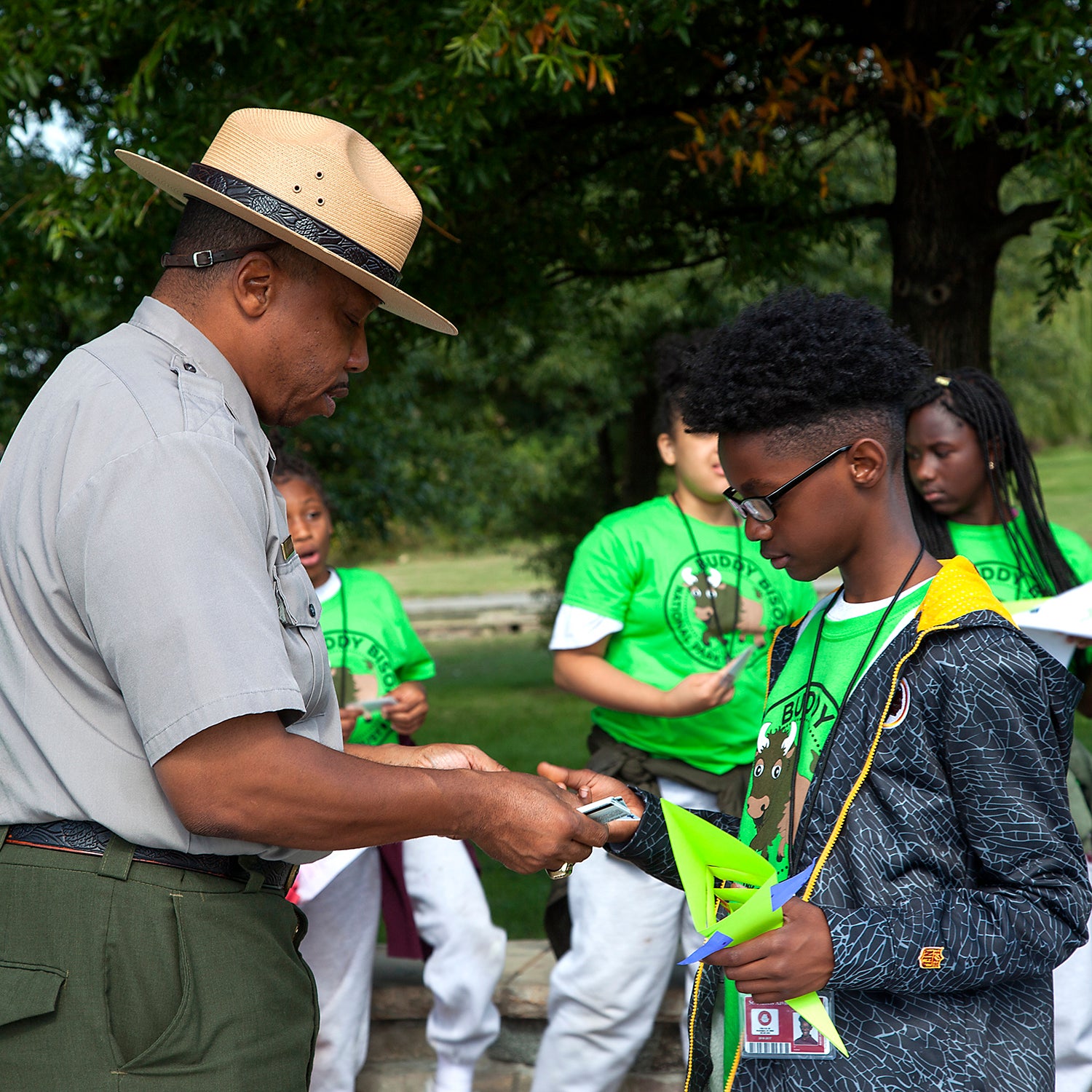One-third of Americans—including 28 million children—don’t have a park, or other natural area, within a 10 minute walk of their home. And most areas lacking in parks are home to low-income or BIPOC communities, in which the parks that do exist are four-times smaller on average than those in wealthy areas.
This didn’t happen by accident. “Decades of systemic racism and redlining have led to chronic disinvestments in parks and recreational facilities in many marginalized communities, resulting in too few parks as well as parks marred by cracked asphalt, barren fields, and broken play equipment,” reads the conclusion of a conducted by the Trust for Public Land.
And that’s a problem, because access to nature is a major factor when it comes to quality of life, and both mental and physical health. “Spending time outside can reduce mental fatigue and improve concentration, cognitive function, memory and creativity,” Alicia Harvie, the Manager of REI’s Cooperative Action Network tells ���ϳԹ���. “Living near nature also provides more regular opportunities for physical activity like walking, biking, and playing sports, which helps improve physical health and reduces the risk of chronic conditions such as diabetes and heart disease.”
As we’re all experiencing during the prolonged, nationwide heatwave, urban parks are also a crucial adaptation for the climate disaster. “Improving access and closing the park equity gap will provide benefits like shade, reduced flooding, and clean air that are critical as we grapple with the intensifying effects of the climate crisis,” states Bill Lee, Senior Vice President of Policy, Advocacy and Government Relations at Trust for Public Land.
Since 2014 the Outdoor Recreation Legacy Partnership (ORLP) program has been addressing the disparity in access to nature through grant assistance targeting park building, rehabilitation, and improvement projects in economically disadvantaged communities. In its nine-year history, ORLP has provided $45 million in one-to-one matching grants to 50 different communities and is currently considering applications for $192 million more. , and paid for by the (LWCF) State and Local Assistance Program.
What is the Outdoors for All Act?
In 2020, with the passage of the bipartisan Great American Outdoors Act, LWCF was permanently funded with a $900 million annual budget. But ORLP remains a discretionary grant program—subject to the ups and downs of politics. That’s a problem the Outdoors For All Act—introduced in February by Senators Susan Collins (R—Maine) and Alex Padilla (D—California)—seeks to address. Should it be signed into law, Outdoors For All will .
How REI Is Working to Make a Difference
Now, REI is taking action. “We all have a responsibility to address this issue,” continues Harvie. “That’s why the co-op recently launched , a multiyear, nationwide initiative to ensure everyone in America has immediate access to outdoor spaces. We’ll be supporting local projects and national, state, and local legislation in pursuit of our goal of getting 100m people outside in five minutes or less, no matter where they live.”
REI is directly targeting passage of the Outdoors For All Act. A form on its website allows members of the public to in support of the bill. As of the time of publication, more than 45,000 people have taken the time do that. The Co-Op is also directing $5 from every $30 membership to its new Cooperative Action Fund, which will target grassroots advocacy, and partner with local non-profits to also help improve access to parks in disadvantaged communities.
“We’ll be supporting local projects and national, state, and local legislation in pursuit of our goal of getting 100 million people outside in five minutes or less, no matter where they live,” says Harvie. “The Outdoors for All Act would permanently secure funding for parks and green spaces in the communities that need them most across the country.”


